

Gautam Sharma
2 Months Ago
We've been waiting so many years for a new one, what's a few extra months? The new Toyota LandCruiser has reportedly been delayed due to the semiconductor shortage.

News Editor
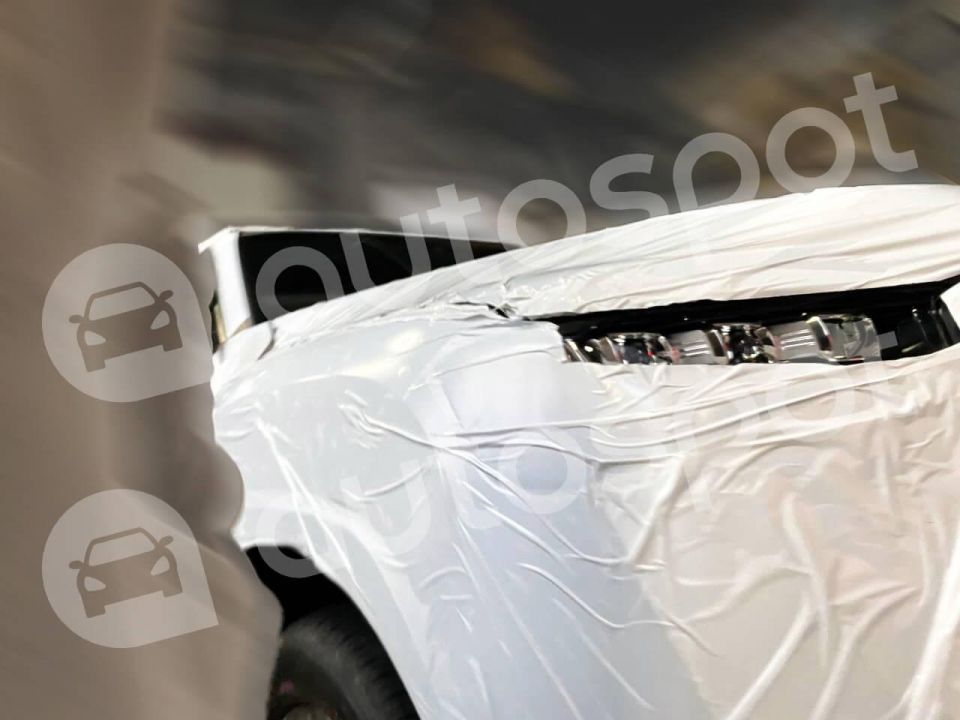

News Editor
One of the most anticipated new vehicles of 2021 might have to be anticipated for a little longer.
BestCarWeb reports the Toyota LandCruiser 300 Series has been delayed in its home market.
In January, a dealer source told the publication the product outline would be released in March, reservations would open in April, and it would be officially released in May.
The recent shortage of semiconductors has pushed out those timeframes, with Japanese reservations now reportedly set to open in May and deliveries beginning in August.
That will surely affect local launch timings, too.
Production of the current 200 Series model ended in February after almost 14 years in production.
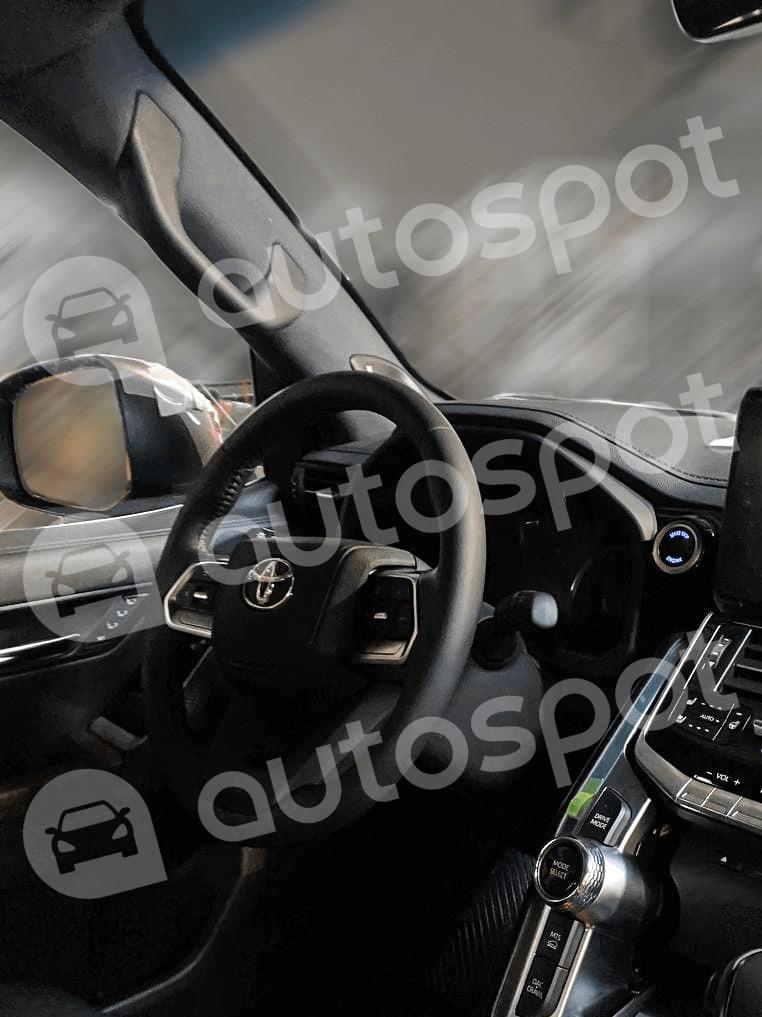
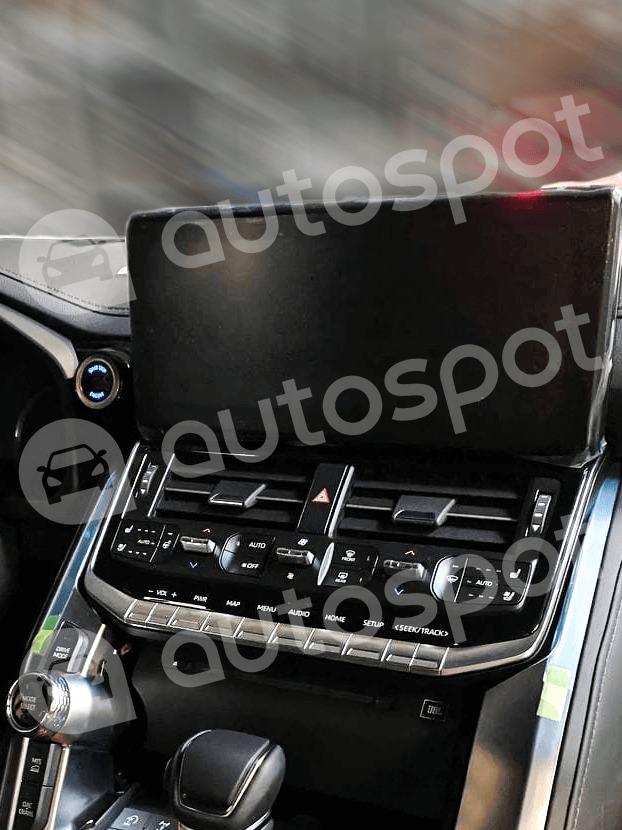
Images exclusively obtained by AutoSpot show a brand new interior for the 300 Series, with finger scanning technology to access driver profiles, a 12.3-inch infotainment system atop the dashboard with Apple CarPlay and Android Auto, and a suite of active safety features.
Other notable features include heated and ventilated seats, wireless phone charging, a heated steering wheel, a likely switch to electrically assisted steering (instead of the current hydraulic system), and a new colour LCD display ahead of the driver with critical trip computer details.
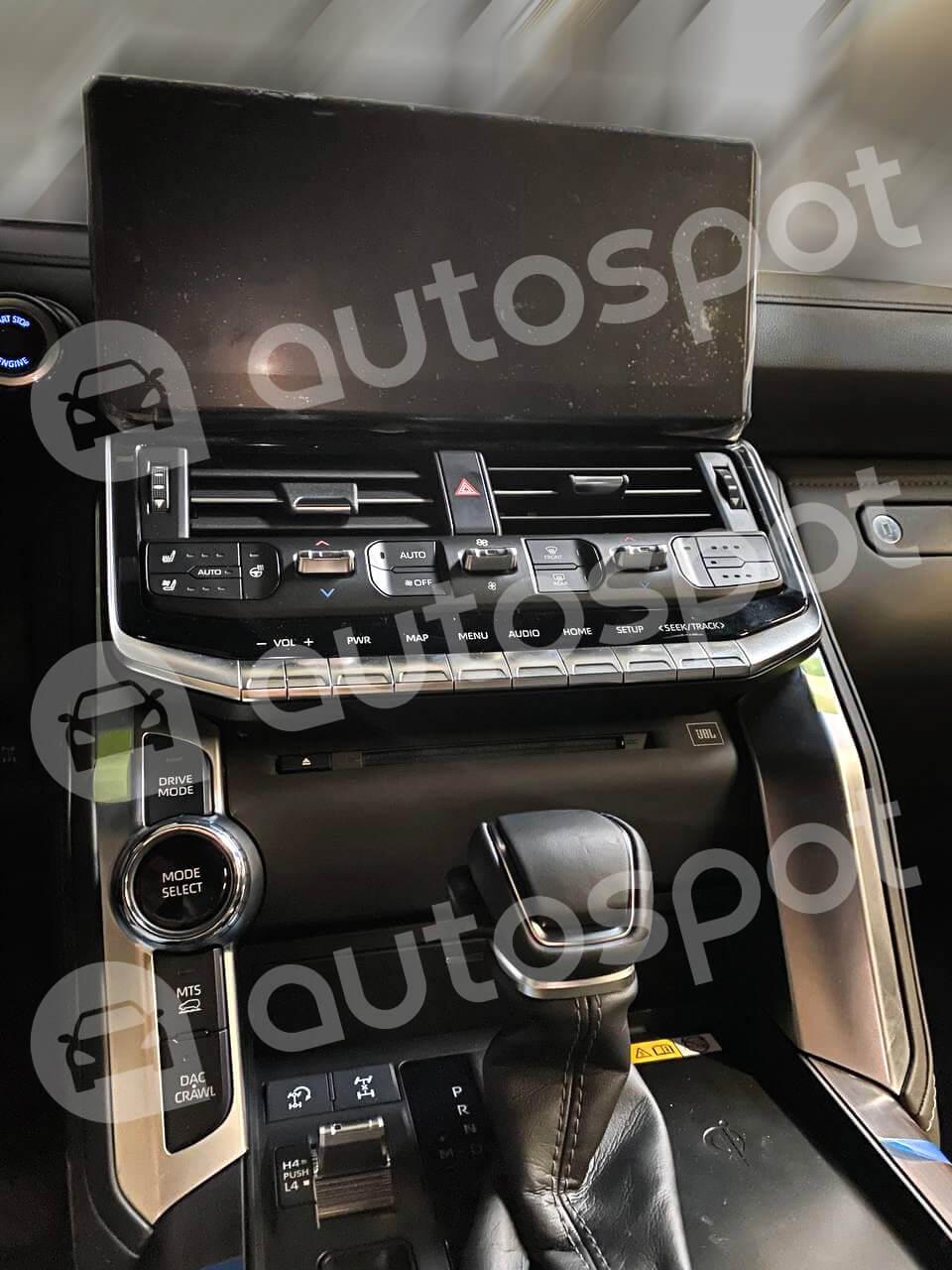

Judging by some of the visible buttons, the 300 Series LandCruiser is expected to retain the Kinetic Dynamic Suspension System (KDSS) used on both the 200 Series LandCruiser and Toyota LandCruiser Prado Kakadu, in addition to Crawl Control, a centre differential lock, Turn Assist, and adjustable drive modes.
The LandCruiser is expected to move to a new, body-on-frame TNGA-F platform that’ll underpin other large Toyotas like the next-generation Tundra pickup.
As previously revealed, the wheelbase of the 300 Series LandCruiser is expected to grow in size to 2900mm, up from 2850mm.
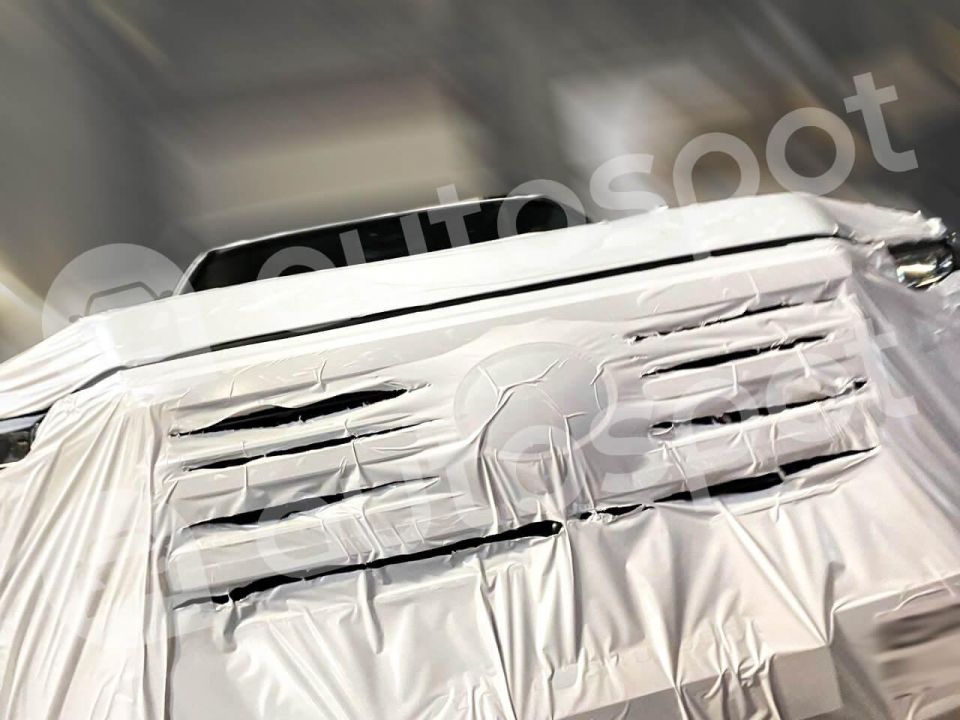
Overall length will be 10mm shorter at 4980mm while width will reportedly stay the same at 1980mm.
The engine range will reportedly consist of a 3.3-litre turbo-diesel four-cylinder, a twin-turbocharged 3.5-litre V6, and a 3.5-litre V6 turbo hybrid.
While the engine fitted to the non-hybrid 300 Series LandCruiser is expected to be mated to a six-speed automatic transmission, the hybrid turbocharged V6 petrol variant is likely to have a 10-speed automatic transmission.
If the Lexus LS500 is anything to go by, the 3.5-litre twin-turbocharged V6 petrol engine could produce anywhere up to 310kW of power and 600Nm of torque.
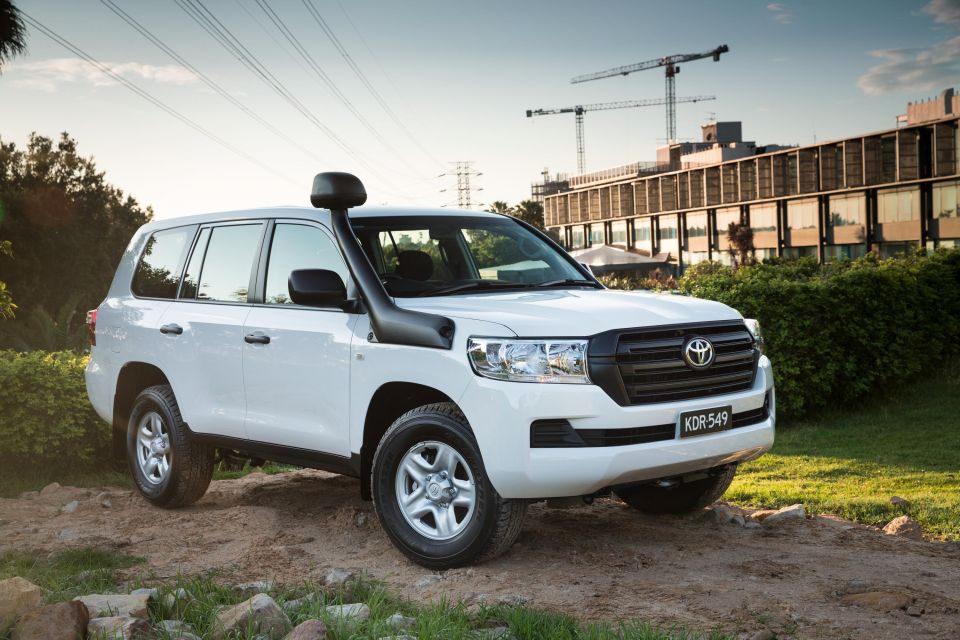
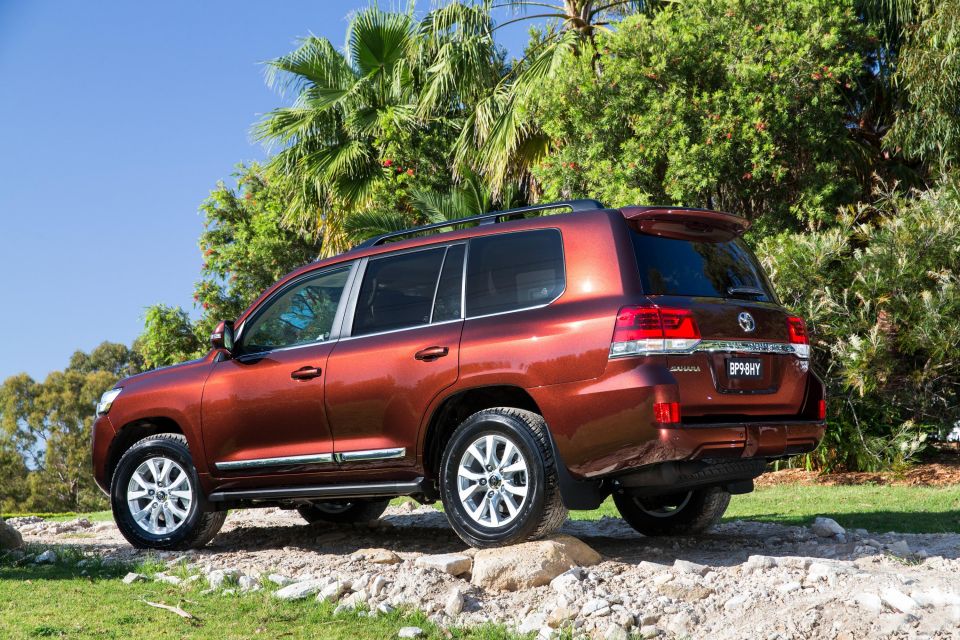
The current 200 Series is powered by a 4.5-litre twin-turbo diesel V8 engine with 200kW of power and 650Nm of torque, though petrol V8 engines have remained available in other markets.
On the outside, a tri-LED setup is likely to offer some form of matrix LED functionality with automatic high beam activation and shadowing.
We also expect to see an evolution of the current design, rather than a radical departure.
CarExpert does the hard work to get you the best price. No negotiating, no hidden costs, just expert help and real savings on your next new car.
William Stopford is an automotive journalist based in Brisbane, Australia. William is a Business/Journalism graduate from the Queensland University of Technology who loves to travel, briefly lived in the US, and has a particular interest in the American car industry.


Gautam Sharma
2 Months Ago
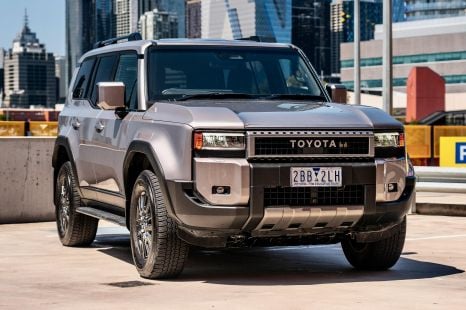

Max Davies
1 Month Ago


Matt Campbell
24 Days Ago
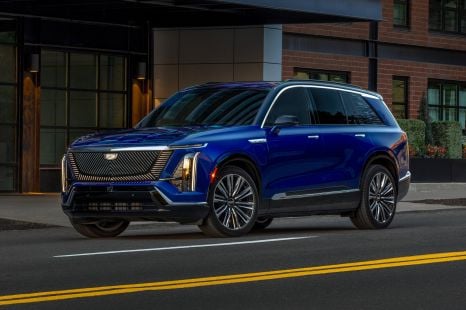

William Stopford
19 Days Ago
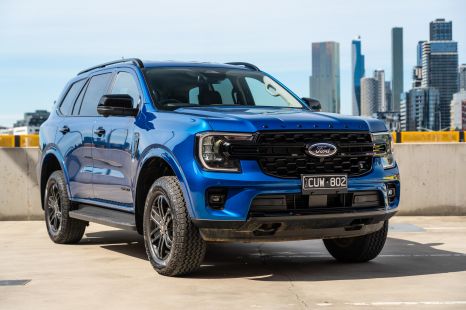

Josh Nevett
19 Days Ago
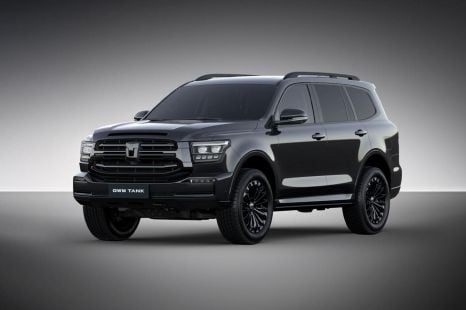

William Stopford
12 Days Ago